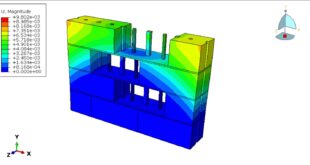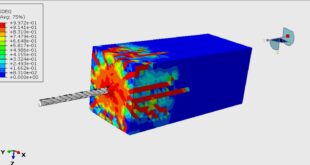In this practical example, the Simulation shock pressure and shock-wave attenuation near a blast hole in rock in Abaqus has been investigated. The CEL approach is selected to model the blast load in the borehole. You can see a figure of the assembled parts below
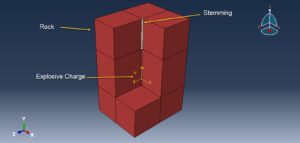
When an explosive detonates in a blast hole, it generates an extremely high-pressure shock wave propagating radially into the surrounding rock. The initial shock pressure can reach several GPa (gigapascals) and depends on
Explosive properties (detonation velocity, density, energy)
Rock properties (density, wave impedance, stiffness)
Coupling efficiency (how well the explosive fills the borehole)
The peak pressure decays rapidly as the wave moves away from the blast hole
Shock-Wave Attenuation
As the shock wave travels outward, its intensity decreases due to
Geometric spreading (energy disperses over a larger area)
Material damping (energy absorbed by rock fracturing and heating)
Heterogeneity (cracks, joints, and rock layers scatter the wave)
Effects Near the Blast Hole
Crushed zone: Very high pressures pulverize rock near the hole
Fractured zone: Cracks form as pressure drops below rock strength
Elastic zone: Only seismic waves propagate at larger distances
Understanding shock pressure and attenuation helps optimize blast design for efficient rock fragmentation while minimizing damage to surrounding structures
After the simulation, all results such as stress, strain, damage, failure, wave, and others are available. You can see some figures of the results below
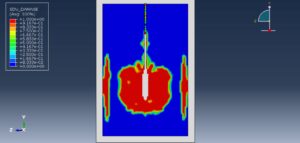
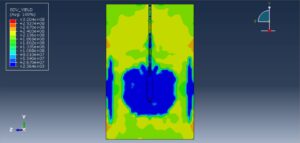
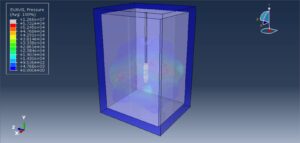
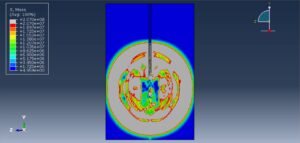
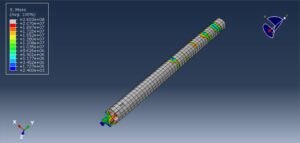
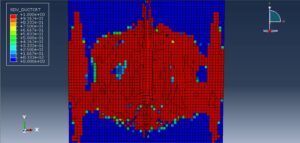
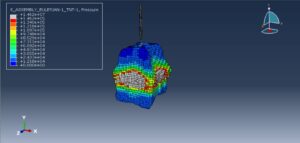
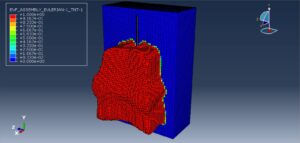
 Abaqus tutorials Abaqus tutorials
Abaqus tutorials Abaqus tutorials
